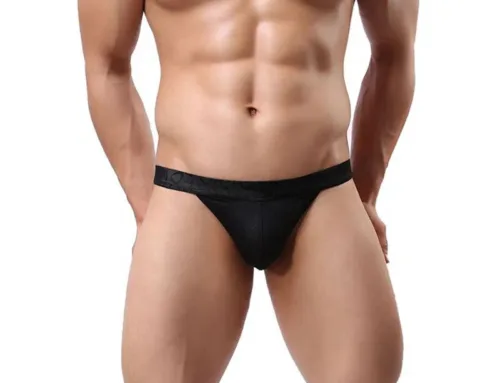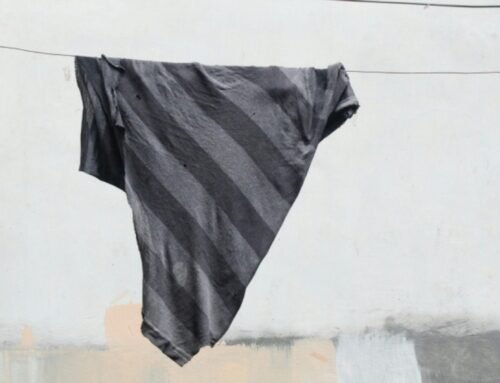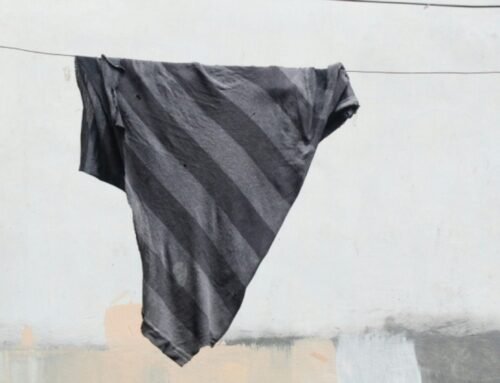Understanding the Pocket: History and Evolution
The pocket in underwear has a rich history that reflects not only the evolution of fashion but also practical necessities throughout the ages. Historically, the concept of pockets can be traced back to the early Middle Ages when clothing was designed more for function than form. In those times, pockets were often separate items attached to garments or tucked into skirts and gowns, providing a discreet means of carrying small items.
As undergarments began to evolve, the introduction of the pocket within underwear offered added convenience and utility. By the 17th century, various forms of underwear began to incorporate these functional elements. The design of men’s and women’s underwear diverged significantly during this period. For men, trousers began to feature built-in pockets, and this trend gradually influenced their undergarments, including items such as boxers and briefs, which would later adopt this functional feature.
In contrast, women’s underwear has undergone a different evolutionary path, often prioritizing aesthetics and modesty over practicality. However, as women’s emancipation movements gained momentum in the 20th century, there was a notable shift towards incorporating pockets in women’s underwear for practicality. Today, styles such as boyshorts and high-waisted briefs prominently feature pockets, challenging traditional norms and enhancing functionality.
Cultural influences have played a significant role in the development of underwear pockets. In some cultures, practicality has been emphasized, leading to designs that accommodate storage, while in others, the aesthetic appeal has prevailed, with pockets being relegated to decorative elements. The modern interpretation of pockets in underwear continues to evolve, blending style and practicality to accommodate various lifestyles, ultimately enhancing your daily experience.
Functional Benefits of Underwear Pockets
Pockets in underwear serve various functional purposes that extend beyond mere aesthetic appeal. One of the primary advantages is the convenience they provide for carrying small essentials. In our fast-paced lives, individuals often seek practical solutions for managing valuables without resorting to bulky bags or wallets. Underwear pockets can discreetly hold items such as keys, cash, or even a small identification card, allowing users to securely store these necessities while ensuring ease of access. This feature is particularly beneficial for those engaged in various activities such as exercise, travel, or daily commutes where minimalism is crucial.
Moreover, the inclusion of pockets can significantly enhance the overall comfort and support of the underwear, especially in active wear. Many people prefer undergarments that offer both functionality and comfort, and pockets serve to meet these demands efficiently. For instance, during physical activities, pockets help in stabilizing items against the body during movement, which can alleviate discomfort that often arises from loose items shifting around. The thoughtful design of pockets can also contribute to improved fit, as they can help anchor the waistband in place as well, ensuring that the underwear remains secure while allowing for a full range of motion.
Additionally, the practicality of pocketed underwear cannot be overlooked in daily life. A quick errand or a casual outing may not require a handbag, and having pockets in underwear can provide a viable solution for carrying essential items without the need to carry extra baggage. In essence, underwear pockets represent a convergence of comfort, utility, and style, making them a worthy consideration for those who appreciate a balance of practicality and modern design in their clothing choices.
Fashion and Style: The Trend of Pockets in Underwear
The inclusion of pockets in underwear is a growing trend that reflects evolving attitudes towards fashion and personal style. Traditionally overlooked, pockets have transitioned from being merely functional elements to stylish features that enhance the overall aesthetic of undergarments. Contemporary designers are increasingly recognizing the potential of pockets to contribute not only to utility but also to the fashion statement of different styles of underwear.
Several brands are setting a precedent by infusing creativity into their pocket designs. For instance, some are incorporating decorative stitching, unique placements, and innovative closures that serve both purpose and style. These modern renditions aim to attract consumers who appreciate versatility in their apparel. Additionally, pockets are now being used as a canvas for artistic expression, with bold patterns or colors that complement the underwear’s overall theme, thus making them an eye-catching feature.
Moreover, the rise of gender-neutral fashion has further propelled the trend of pockets in underwear. Designers are increasingly creating inclusive options that cater to all genders, making pockets a standard feature across various styles. This shift reflects a broader cultural movement towards breaking gender norms and embracing functionality that appeals universally. The pocket’s design versatility allows it to blend seamlessly into various cuts, whether it be boxers, briefs, or boy shorts, appealing to a wide audience.
In summary, the trend of pockets in underwear exemplifies how functional elements can be reimagined as stylish features within contemporary fashion. By harnessing creativity and embracing inclusivity, brands are transforming the way consumers perceive and engage with pocketed underwear, cultivating a newfound appreciation for the versatility that these seemingly simple features can offer in modern apparel.
Cultural Perspectives: Acceptance and Critique of Pockets in Underwear
The presence of pockets in underwear evokes varied reactions across different cultures and demographics, highlighting differing attitudes toward practicality and aesthetics. In some societies, pockets are hailed as functional attributes that enhance the usability of undergarments. For example, many consumers appreciate the convenience of pockets in underwear, citing their utility for carrying small items such as keys, cash, or even personal care products. This practical perspective is particularly prevalent in regions where functional clothing is favored, such as in outdoor or activewear contexts.
Conversely, pockets in underwear are often critiqued for disrupting the silhouette and aesthetics of conventional designs. In more fashion-oriented cultures, the emphasis may lean toward smooth lines and a streamlined appearance, thereby relegating functional features like pockets to the background. Critics argue that pockets can create bulk, which detracts from the natural contours of the body and may lead some to question their overall necessity. This discord between utility and aesthetic values fosters an ongoing debate within the fashion community, as designers strive to accommodate both perspectives.
Consumer demand plays a pivotal role in shaping the presence of pockets in underwear. Heightened awareness surrounding women’s rights and gender equality has led to an increase in discussions around the functionality of clothing, including undergarments. As a result, brands are becoming increasingly attuned to the desires of their customers, which often includes pockets as a desirable feature. This shift in consumer expectations has prompted numerous clothing designers to innovate, incorporating cleverly designed pockets while maintaining aesthetic appeal.
Ultimately, the acceptance and critique of pockets in underwear reflect broader cultural attitudes toward functionality, gender norms, and personal expression. As these discussions continue, it remains to be seen how future trends will evolve in the realm of functional undergarments.





